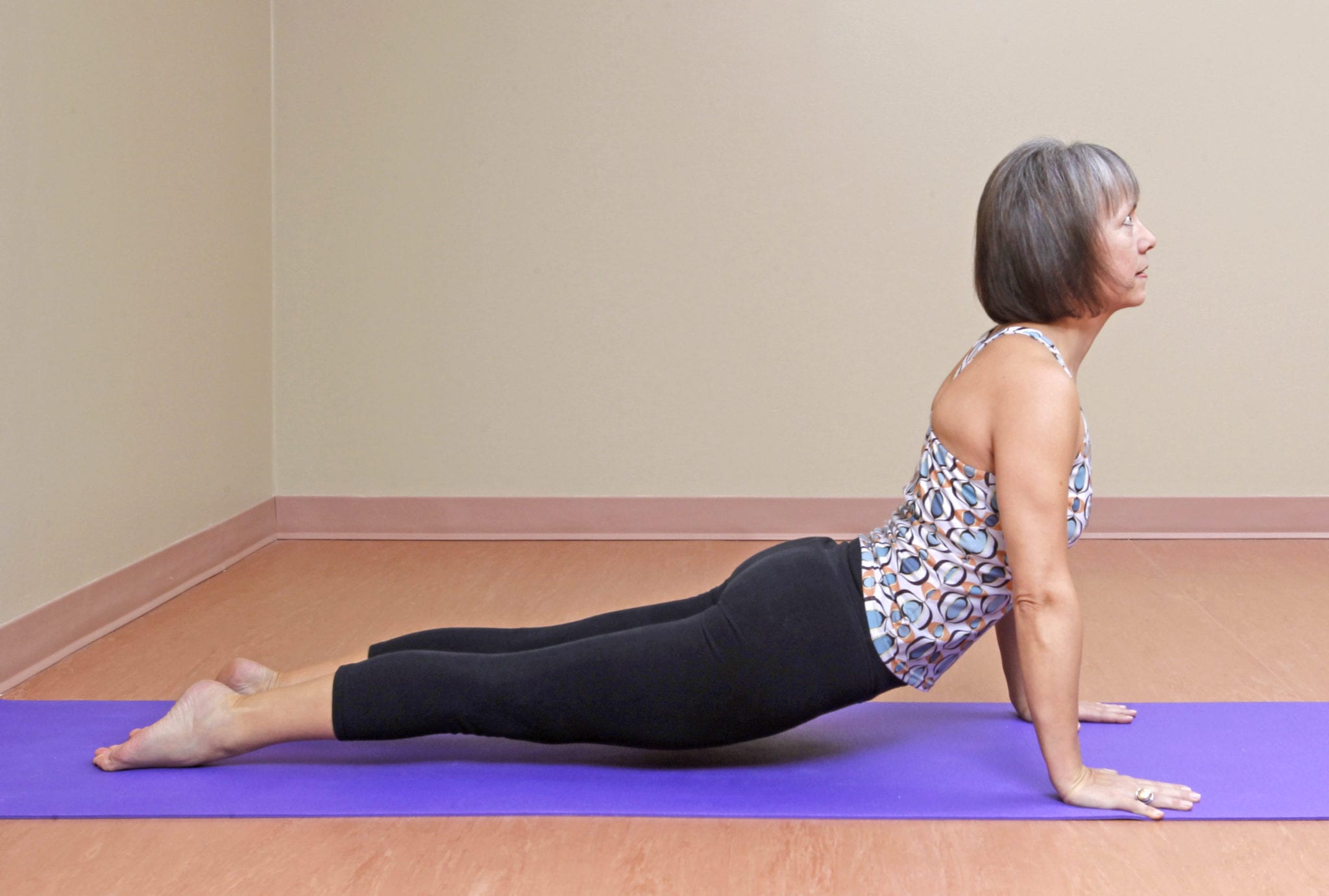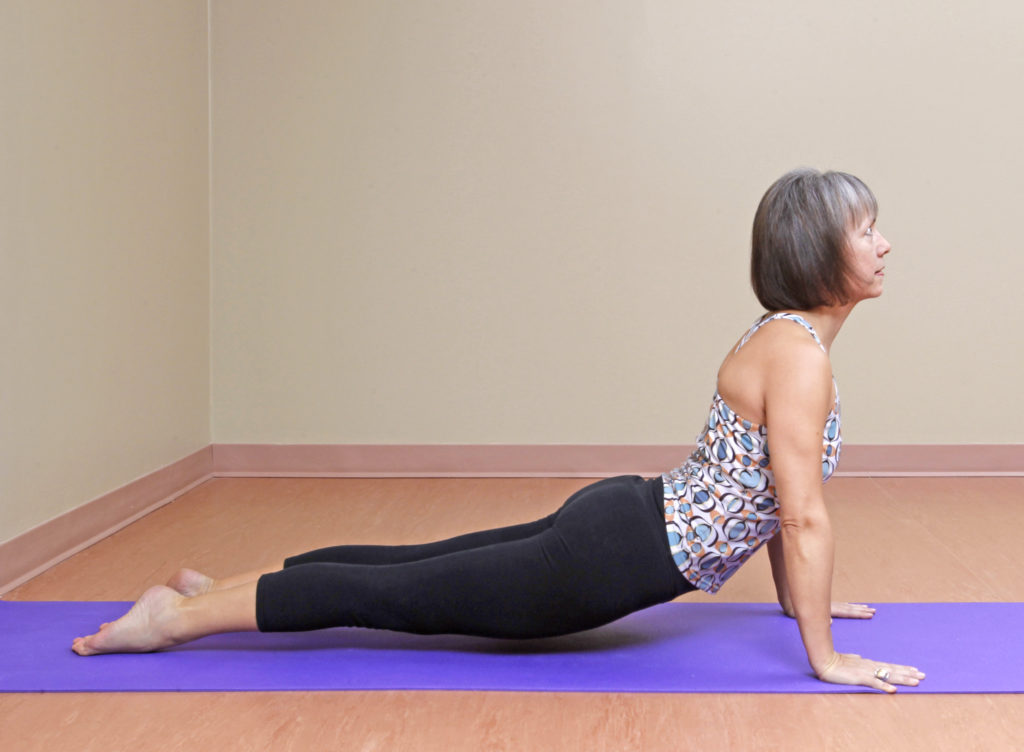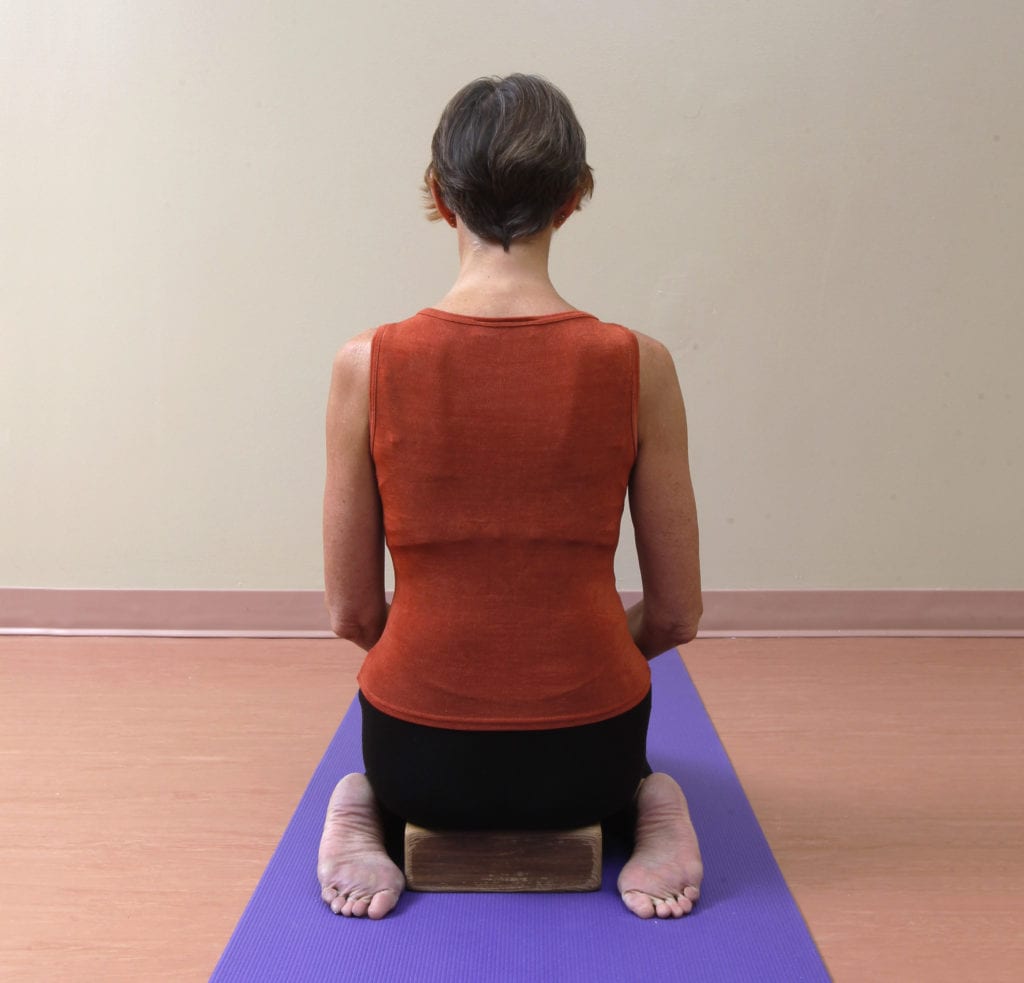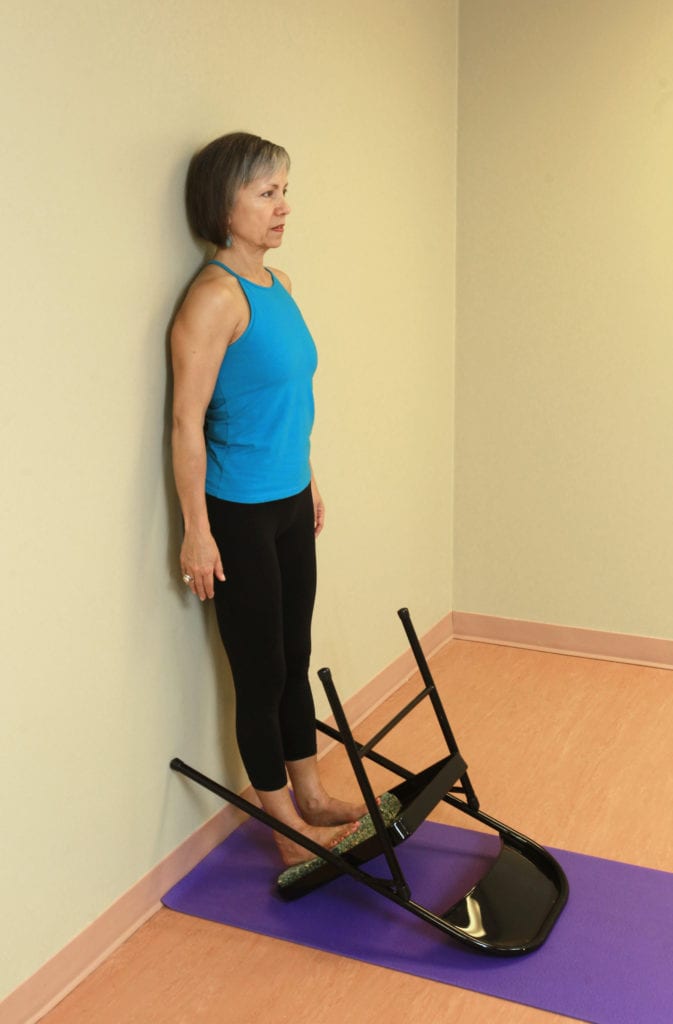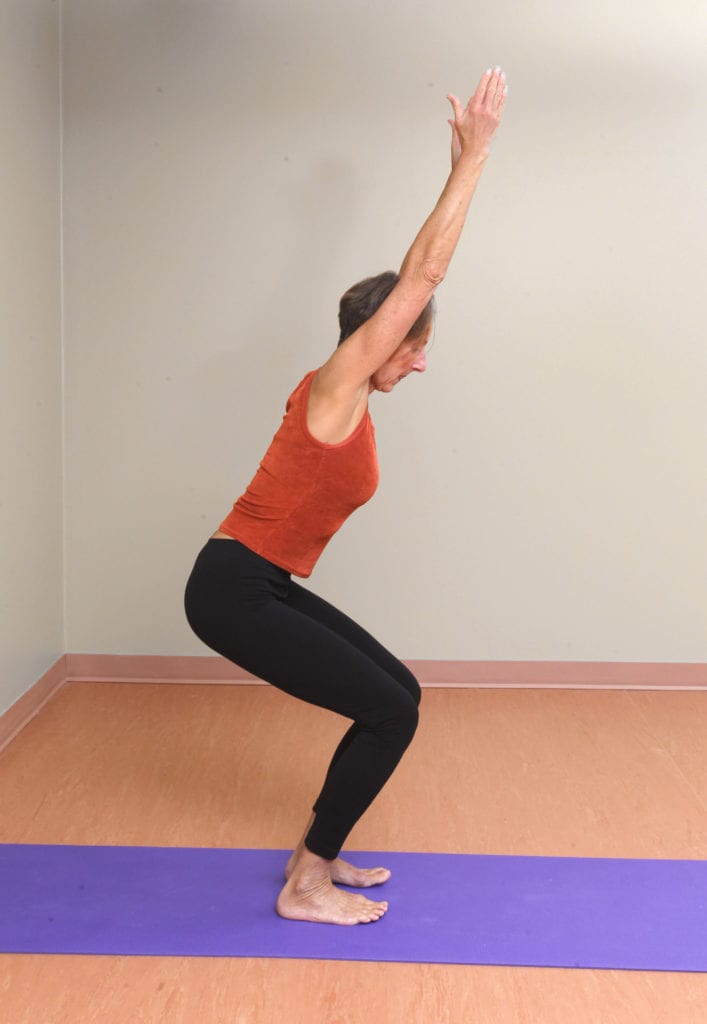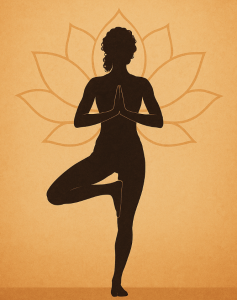Back, hip and knee problems often start below the ankles
Your feet do more for your health and well-being than keep you from falling face-first.
Take a moment to look at your bare feet. Are they turned outward like a ballet artist or pigeon-toed inward? Do you see indications of hammer toes or inflamed bunions? Do your arches lift away from the ground or sink into it? Can you feel the throbbing evidence of tendinitis or plantar fasciitis? Do you bear your body weight on the inside (legs bowed in) or outside of your foot (knees bowed out)? You may want to take action given that research tells us seven out of 10 people experience entirely preventable foot problems.
In the case of your feet, resolving their problems can also alleviate ankle, knee, back, hip and shoulder pain. Fortunately, yoga asanas are made to awaken, stretch and align the feet, which is why we practise barefoot. Holistic podiatrist Robert Kornfeld recommends all his patients start yoga immediately, “not only does it stretch out the muscles and lead to a greater range of motion, but it helps heal the root issue of inflammation as well.” Strong flexible feet literally root us in good health.
To keep our feet flexible, we need to stretch the toes, arches, tops and soles of the feet. The poses demonstrated below do this by activating two of the four types of foot movement — dorsiflexion (toes-to-nose flexion) and plantarflexion (top-of-foot extension). The remaining two movements of supination (outward roll of the foot) and pronation (inward roll) will be dealt with in another article.
Action: To move your foot into dorsiflexion, lengthen from the top of your calf muscles into the back of your heel. To move your foot into plantarflexion, lengthen from the top of your shinbone down through the front leg and out through the toes.
For more advanced practitioners, once you have brought your foot into dorsiflexion, continue to lengthen from your heel to the inner edge of your big toe and across to your baby toe. In plantarflexion, continue the lengthening action into the inner edge of your big toe, across to your baby toe and back to your heel.
URDHVA MUHKA SVANASANA (Upward Facing Dog Pose)
Begin lying on your front with your palms alongside your chest. Press into your palms, straighten your arms and allow your legs to lift off the floor. If you have short lower arms, place blocks under your hands. Find the action for plantarflexion.
VIRASANA (Seated Hero Pose)
Begin in an all-fours (tabletop) position with your inner knees together and your ankles apart. Place a block between your ankles. Sit back onto the block and find the action for plantarflexion. You may wish to sit on a higher or lower height depending on the level of sensation you experience. Use more height under your sit bones if your knees feel strained.
ACHILLES STRETCH
Turn a metal chair upside down with legs supported into the wall. Place a foam block onto the seatback. Place your hands on the two front legs to stabilize the chair as you step onto the foam block. Find the action for dorsiflexion. To increase the flexion, place a block (low, medium or high height depending on your flexibility) between the wall and your sacrum.
UTKATASANA (Queen’s Chair)
Start in Tadasana (Mountain Pose) with your feet slightly apart. Inhale and lift your arms; then exhale and fold at your hip creases as you bend your knees. Again, find the action for dorsiflexion.
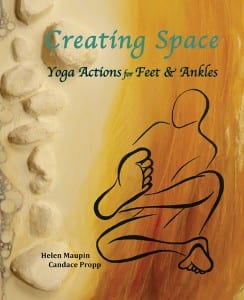 Discover more actions for healthy feet and ankles in Helen and Candace’s book series — Creating Space: Yoga Actions for Feet & Ankles; Legs & Knees; Pelvis & Psoas; Torso & Spine; Shoulders & Arms. To purchase these print or ebooks, visit here. Winnipeggers Helen Maupin (www.righttojoy.com) and Candace Propp (www.natureofcontentment.com) are 500-hour certified yoga teachers. For yoga teacher training with them and Stacy Schroder go to www.sereneyogastudio.com.
Discover more actions for healthy feet and ankles in Helen and Candace’s book series — Creating Space: Yoga Actions for Feet & Ankles; Legs & Knees; Pelvis & Psoas; Torso & Spine; Shoulders & Arms. To purchase these print or ebooks, visit here. Winnipeggers Helen Maupin (www.righttojoy.com) and Candace Propp (www.natureofcontentment.com) are 500-hour certified yoga teachers. For yoga teacher training with them and Stacy Schroder go to www.sereneyogastudio.com.

